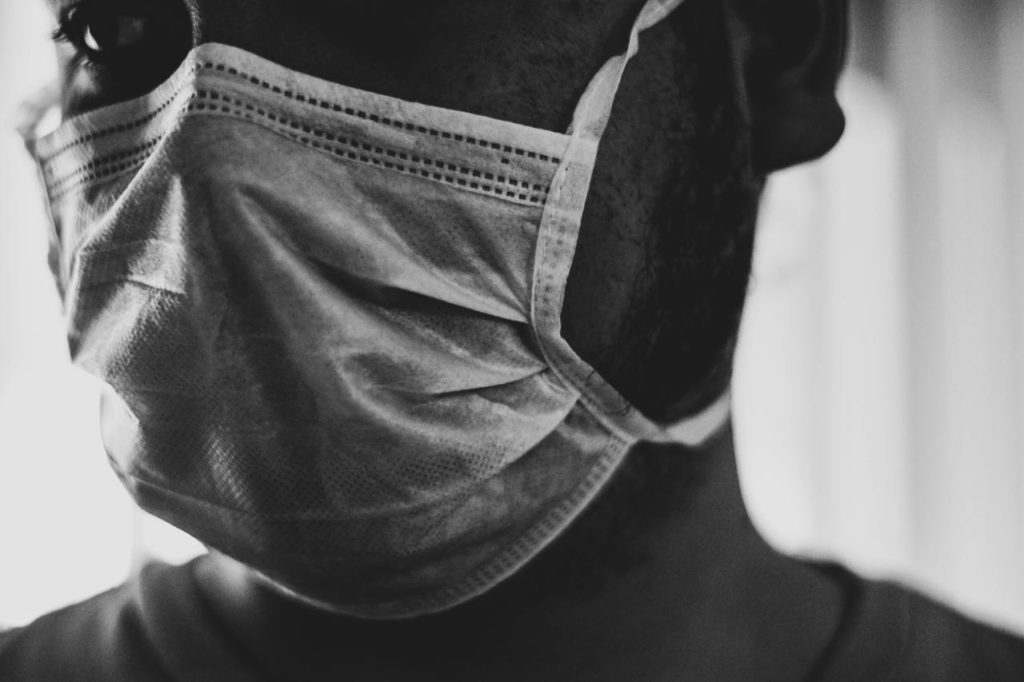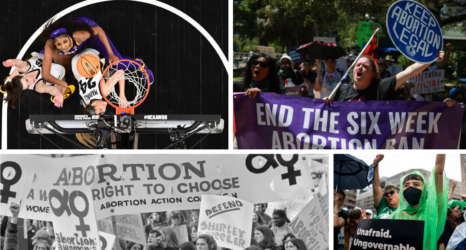
On March 11, the World Health Organization officially declared the coronavirus outbreak a pandemic.
While this declaration is a grim confirmation of the widespread and deathly impact of the virus, we must also consider the social and racial effects of what seems to largely be a medical problem to most.
The coronavirus has revived dangerous myths about race as well as animosity against minority cultures, like Asian Americans.
These attempts to rebrand the virus as the “fault of the Chinese”—or even as a “Chinese virus”—are merely attempts to shift attention away from the lack of an official response.
Furthermore, we must consider how this virus disproportionately affects minority groups medically and socially.
For example, African-Americans—who live with significantly higher rates of conditions such as asthma, diabetes, heart disease and cancer—may be at a larger risk of contracting the virus and becoming severely sick from it.
As the coronavirus continues to exponentially increase in numbers, medical professionals and government officials have urged people to stay home.
However, many low-income individuals cannot afford to stay home for months on end. For many, this quarantine represents skipping meals so kids can eat, moving to places that require less rent, selling family heirlooms and other painful experiences.
Along with these adversities, the harsh reality of living in America for some entails little to no access to healthcare, living paycheck to paycheck and working multiple jobs.
In fact, a recent report from the Federal Reserve found that 40 percent of Americans cannot gather $400 to cover an emergency.
With realities like these, those living in low-income communities are hardest hit by disasters such as coronavirus, in which it seems as if all economic and financial growth is being stalled.
In the current situation, frontline workers face the tough choice of deciding whether to stay home and lose money or work and risk exposure. While states and community health departments are attempting to curb the effects of the outbreak by shutting down schools and instituting stay-at-home orders, low-income families are scrambling to find food and resources that they would have normally had access to at local elementary schools and child care centers.
The prison system has a disproportionate number of individuals of color, due to a combination of racism, unequal access to education and other discriminatory factors. Due to the close proximity of people in prisons, the coronavirus can be easily spread.
Inside prisons and detention centers, people of color are also more likely to face unsanitary conditions and neglect. Low funding in these centers has led to hospital closures and lower preventative and damage-control measures in regard to the spread of the virus.
In low-income communities, families cannot afford large houses and must live in close quarters with multiple individuals. This situation can also lead to an exacerbation of the disease. Coupled with the fact that low-income communities—which often comprise communities of color—have little to no access to quality and affordable healthcare, the coronavirus epidemic will more heavily impact towards those least equipped to fight it.
What these difficulties illustrate is how underprepared the country is to address the societal problems that plague low-income communities in times of difficulty. While these problems barely skim the pain, anxiety and grief that these communities are facing, it is important to still address them and look for paths forward.
The NAACP has laid out a multitude of policy recommendations to reduce the impact of the coronavirus on communities of color. They include adopting policies that increase access to childcare and healthcare; advocating for the establishment of paid leave and routine testing for workers; ensuring data collection for the census through online enumeration while extending voting hours; and advocating for an equal standard of sanitation, safety, health and education for communities of color.
Government responses that don’t address social and racial disparities can cause irreparable harm to our communities. It is imperative that we understand that we don’t get to choose who gets the disease, but we can choose how we support those who are most likely to be affected.
This post originally appeared on Feminist Focus, the blog of Girls Learn International, a program of the Feminist Majority Foundation. It has been republished with permission.
The coronavirus pandemic and the response by federal, state and local authorities is fast-moving.
During this time, Ms. is keeping a focus on aspects of the crisis—especially as it impacts women and their families—often not reported by mainstream media.
If you found this article helpful, please consider supporting our independent reporting and truth-telling for as little as $5 per month.





